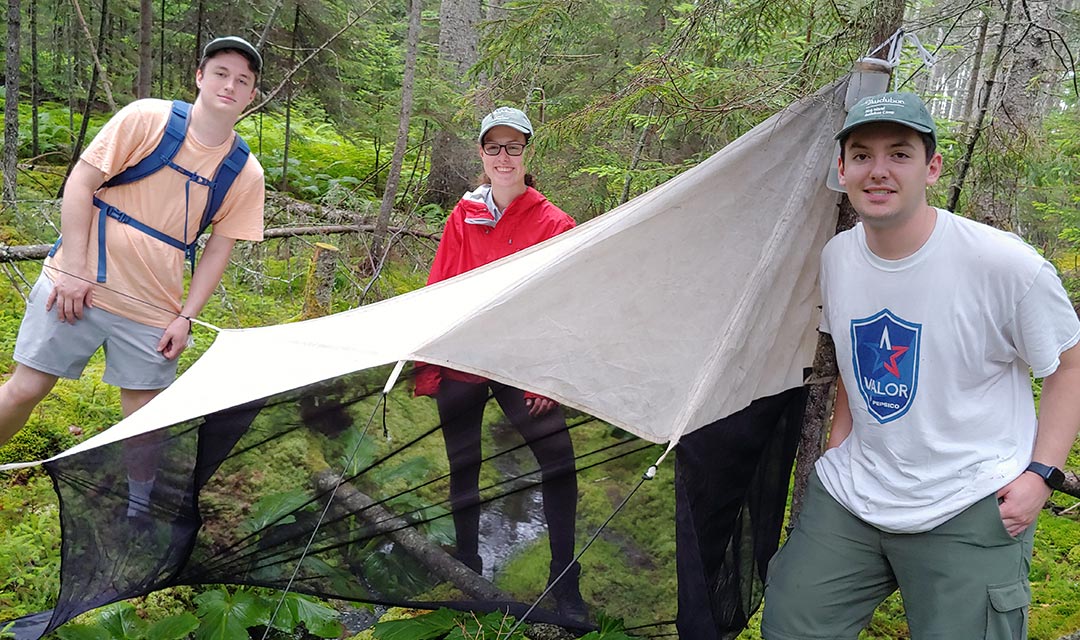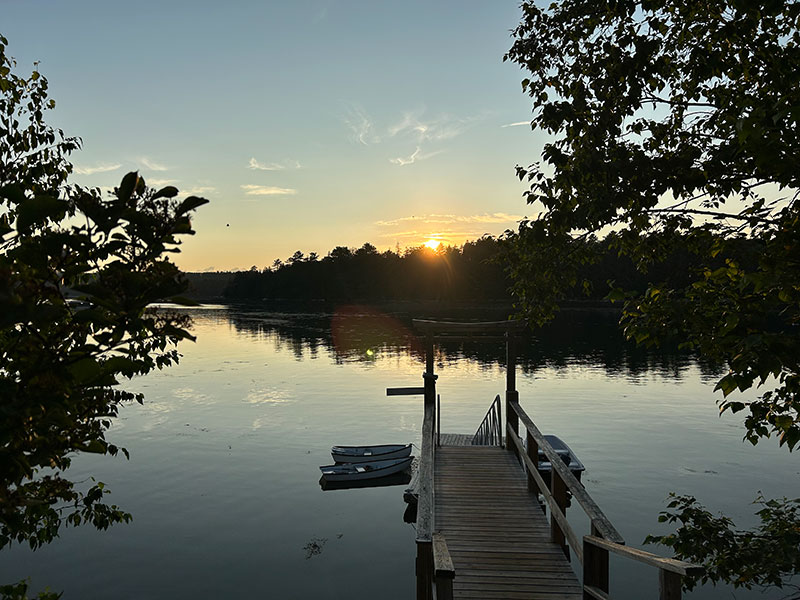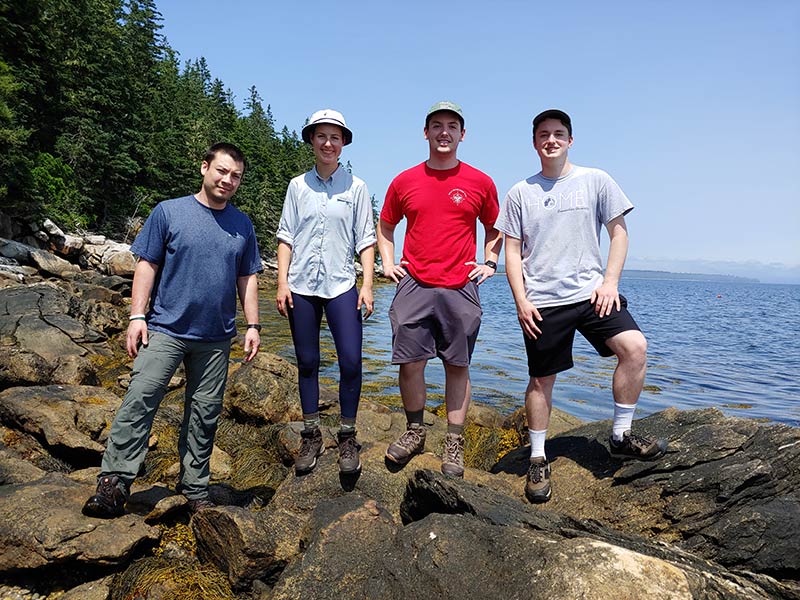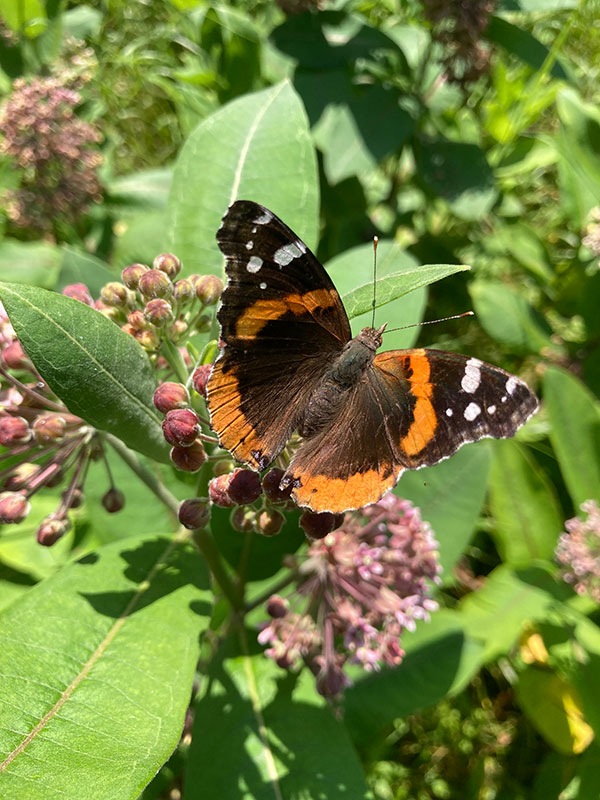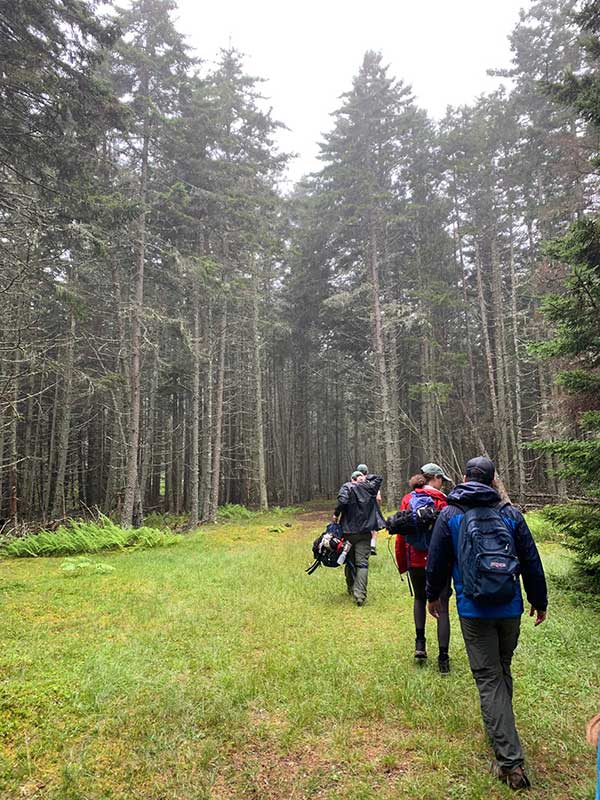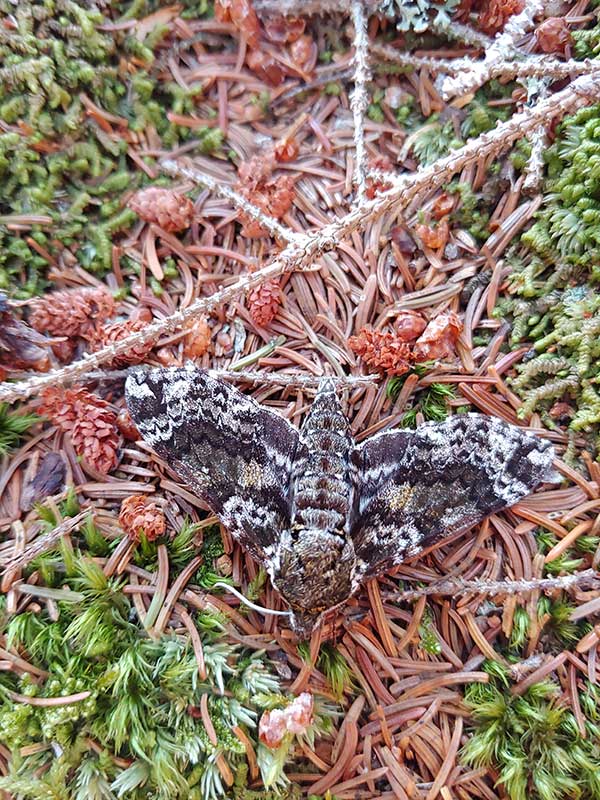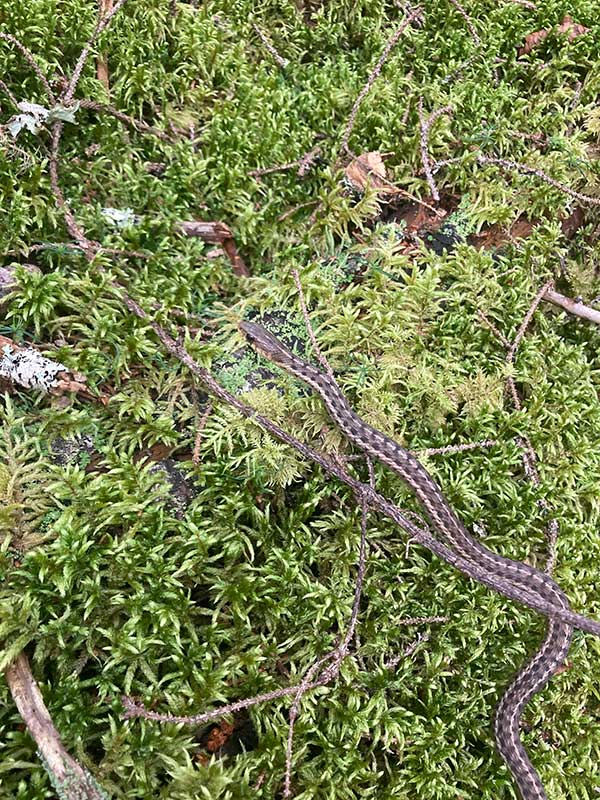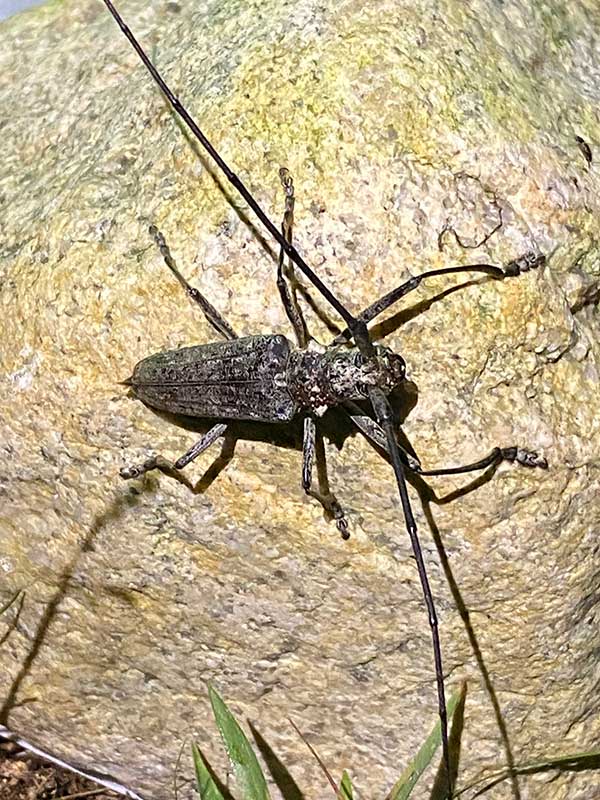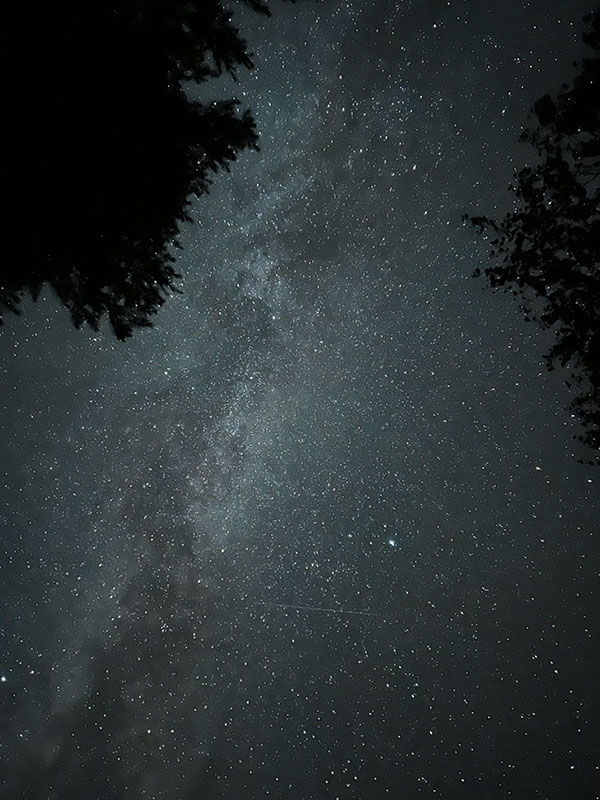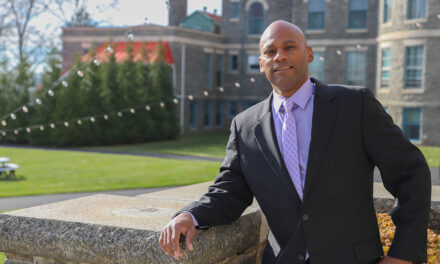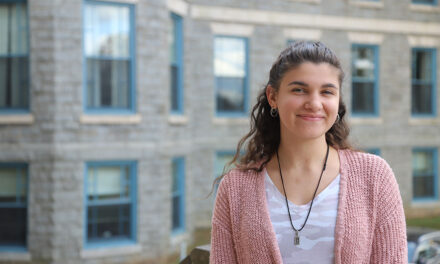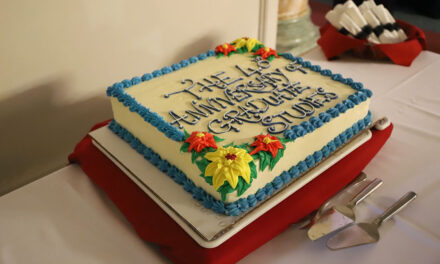By Allison Duncan
“It didn’t feel like a class, but we learned so much!” said Aidan Doyle ’25, reflecting on his field experience last July with the National Audubon Society. He and Mary Steinbicker ’26 and Liam Semmler ’25 accompanied Assistant Biology Professor Stephen C. Mason, Ph.D., to Hog Island, Maine to learn about ecology, conservation and the scientific method.
The students assisted Mason with field entomology and forest ecology, digitized specimens, explored forests and tidal zones and analyzed vegetation data they collected.
Mason and the students set up pitfall traps—cups set into the ground to collect insects and other organisms that fall in—allowing researchers to estimate the populations of different species in an area. The students also set up two malaise traps, which use nets to funnel flying insects into a capture jar.
Mason praised his students for their work: “Each one was super engaged, gelled as a team, worked hard while still having fun, double-checked each other’s work and left with so many more scientific observations and questions than when we started.”
“The biodiversity on display at Hog Island was stunning, an experience I will remember for the rest of my life,” said Doyle.
Steinbicker, who is majoring in biology and secondary education, found the experience valuable for her career preparation. “I spent a good portion of the trip trying to see what could be applied to future lesson plans, and I found no shortage of material.”
Mason thanked the National Audubon Society for allowing his students to stay at Hog Island and explore and study its biodiversity. “We look forward to future positive collaborations and experiences,” he said.
Check out these photos and videos from their trip!
“The highlight for many of us was watching harbor seals feasting on groups of squid being attracted to the spotting light on one of the docks at night,” said Mason.
Video taken by Aidan Doyle.
Red admiral (Vanessa atalanta) butterfly on common milkweed (Asclepias syriaca).
Video taken by Mary Steinbicker

